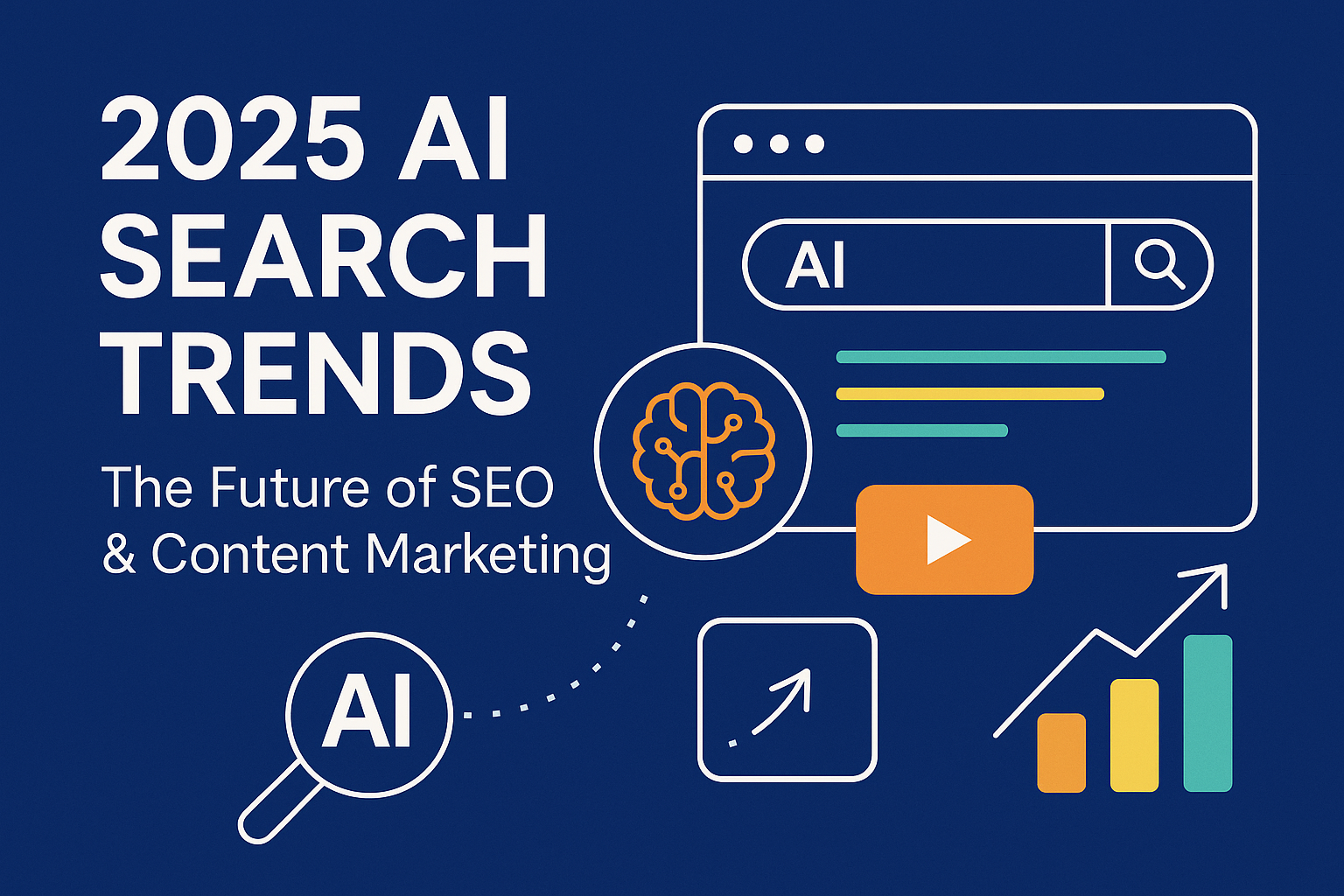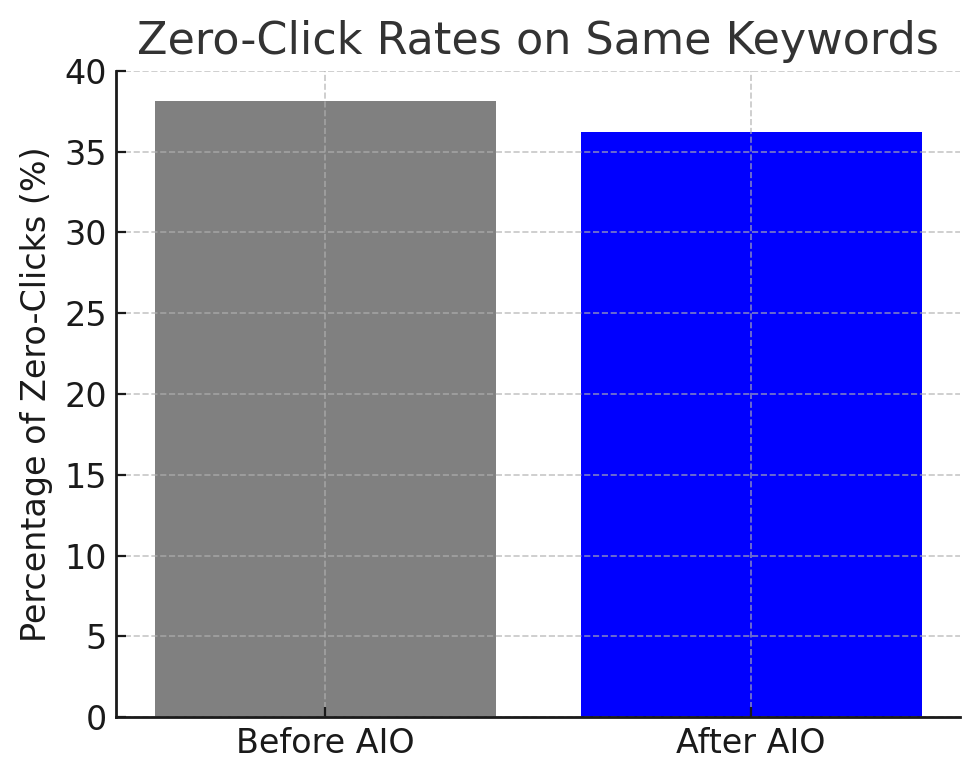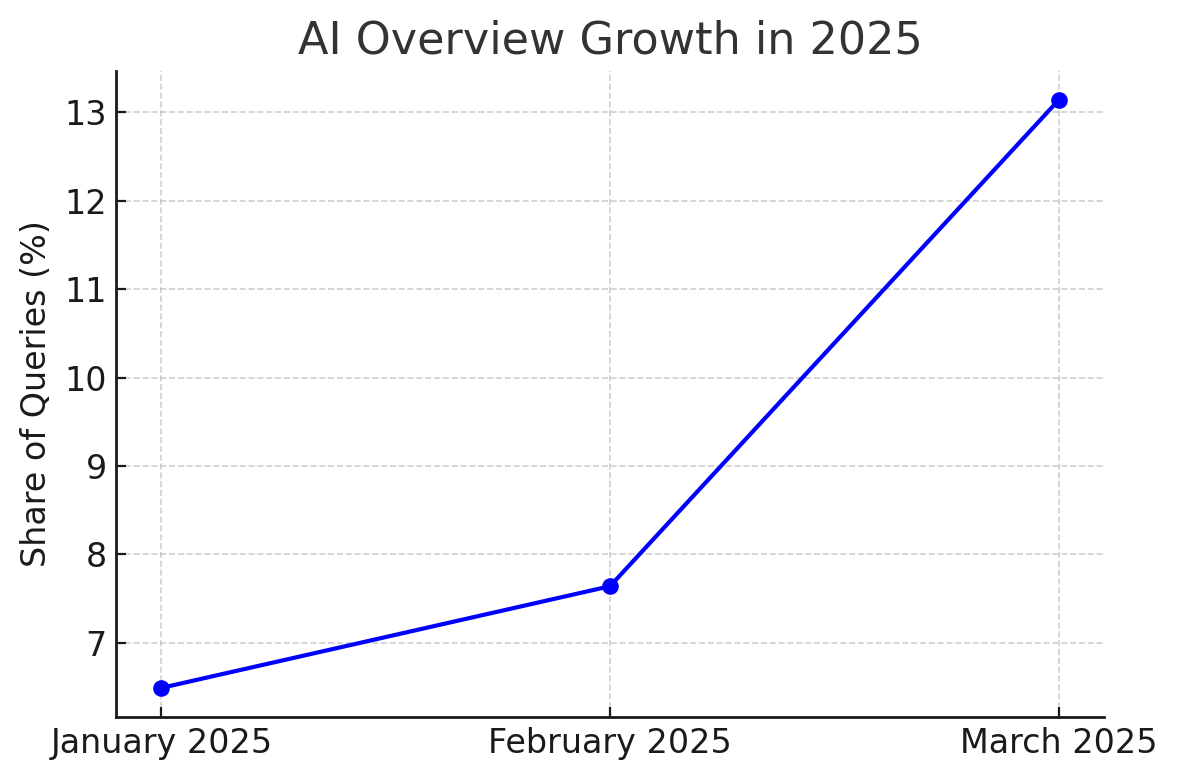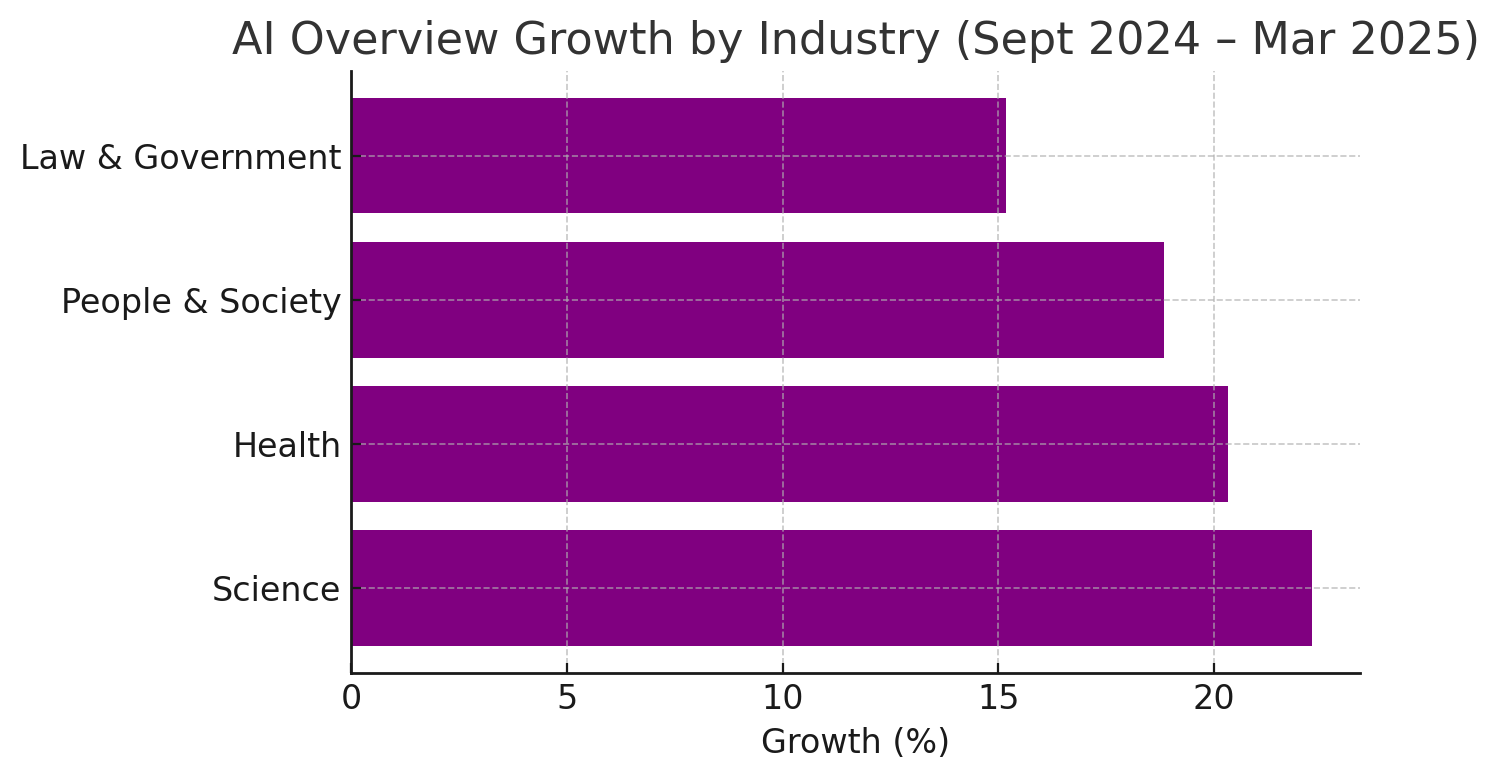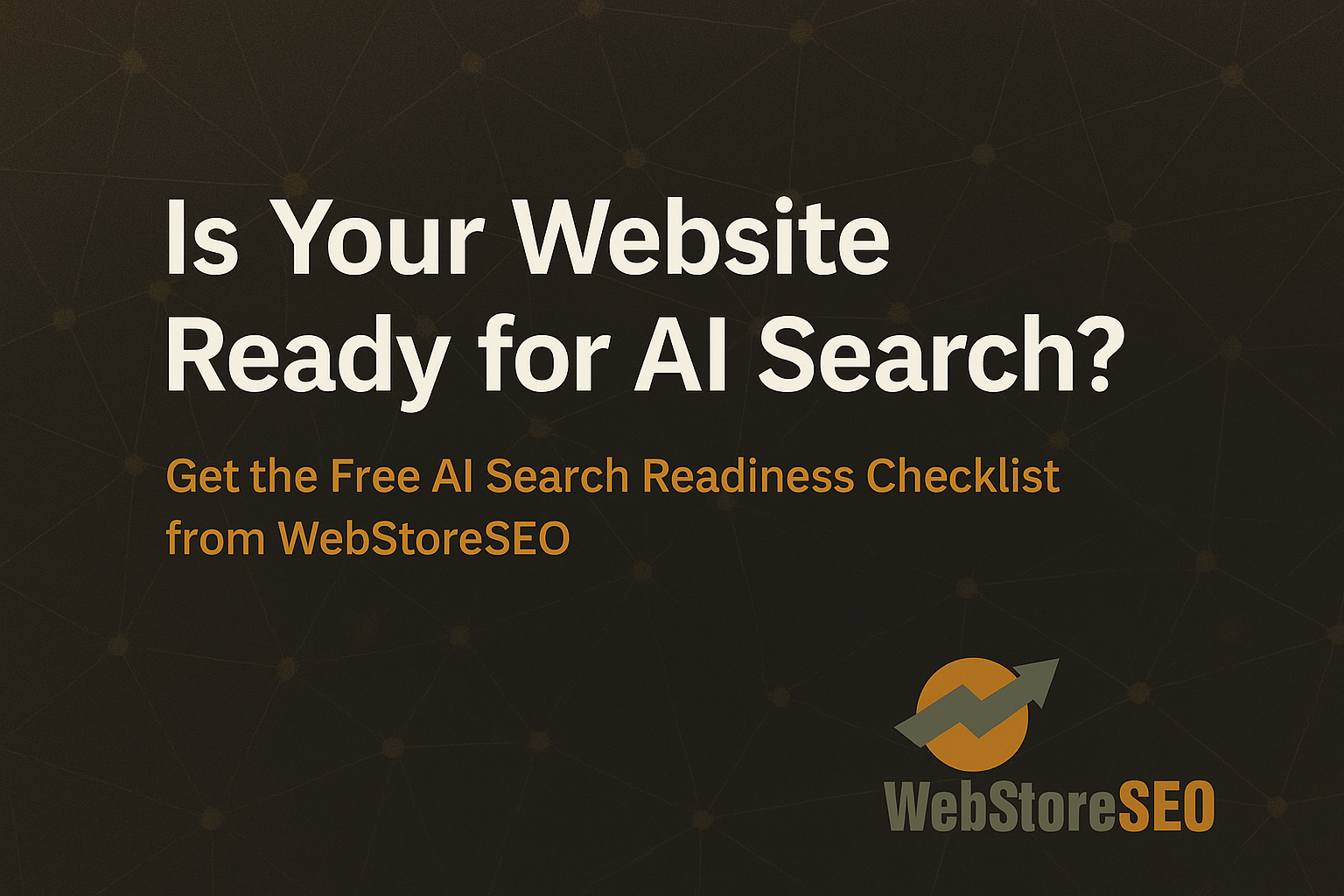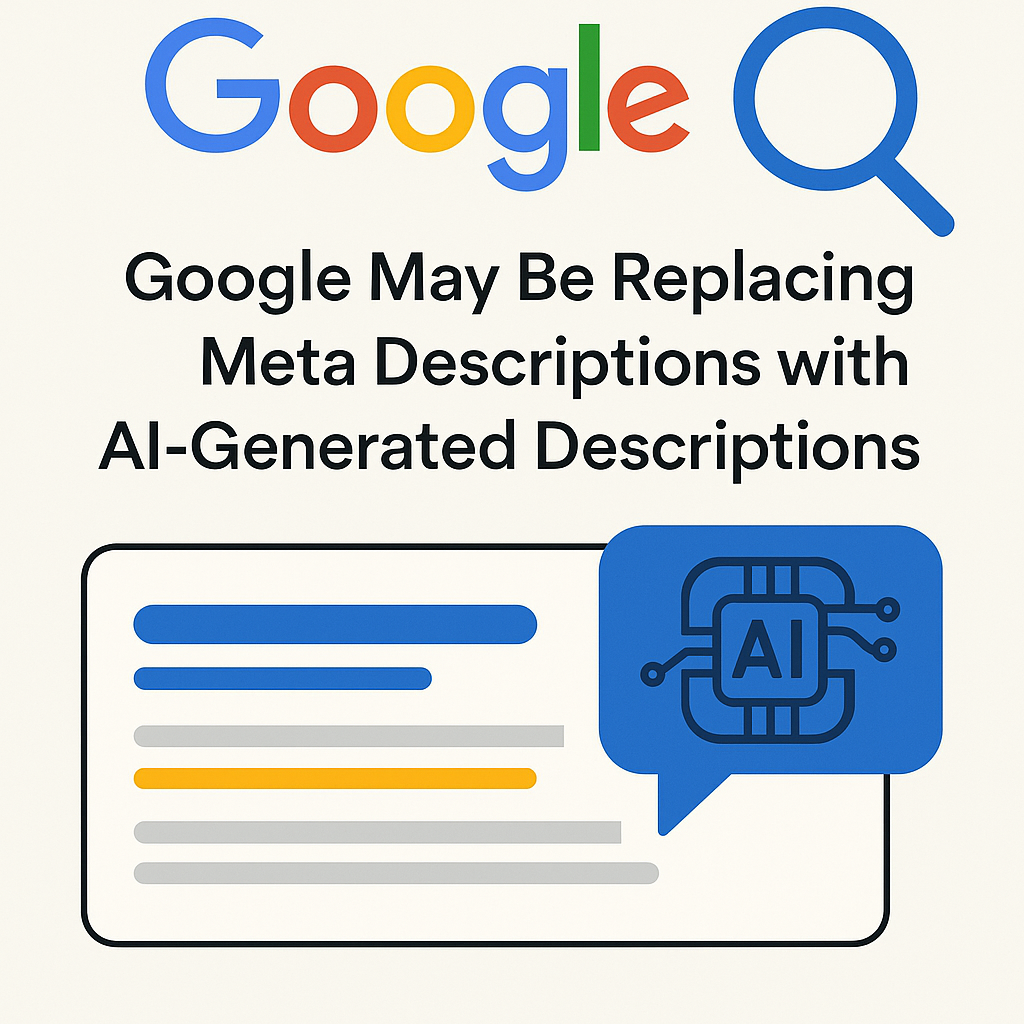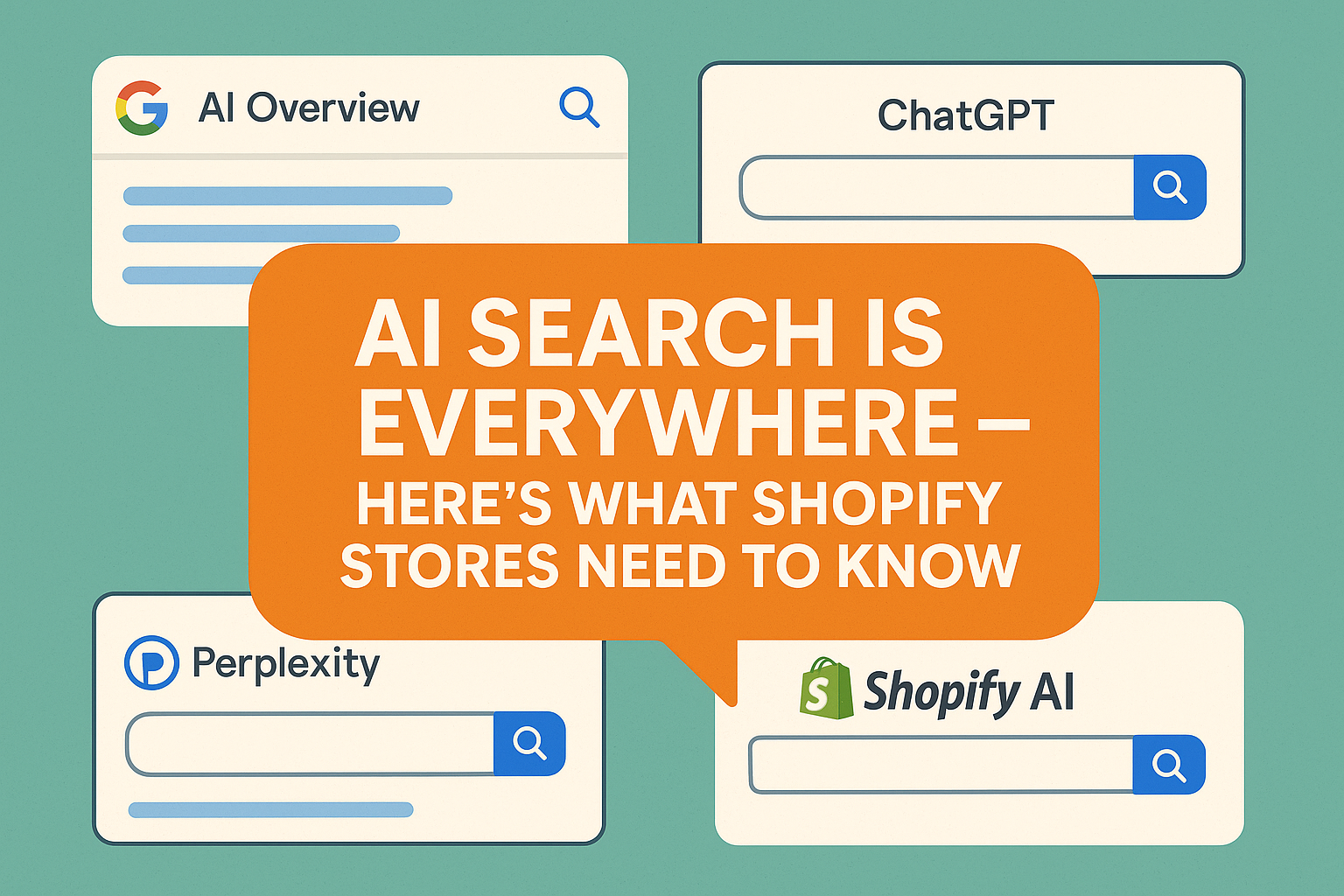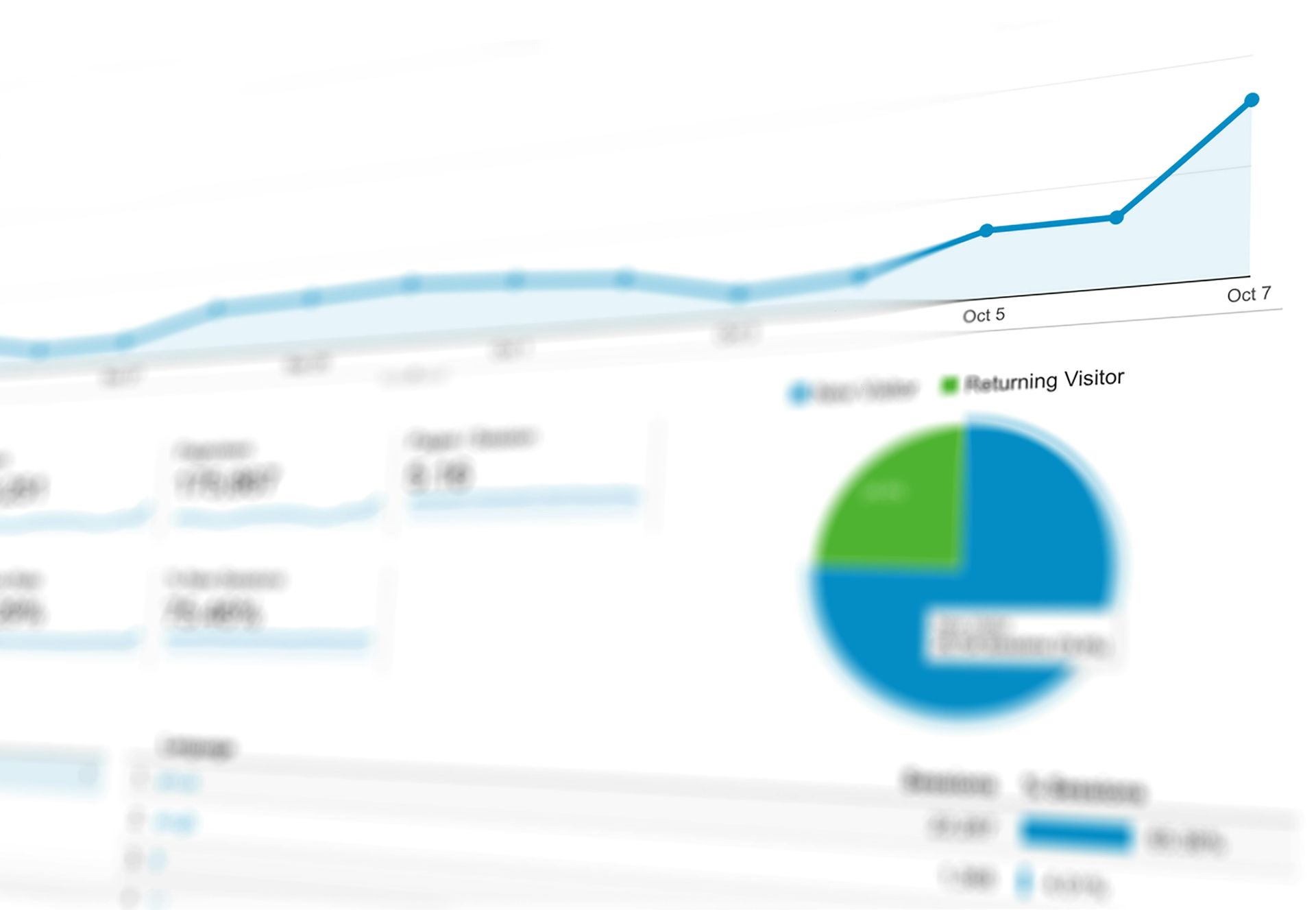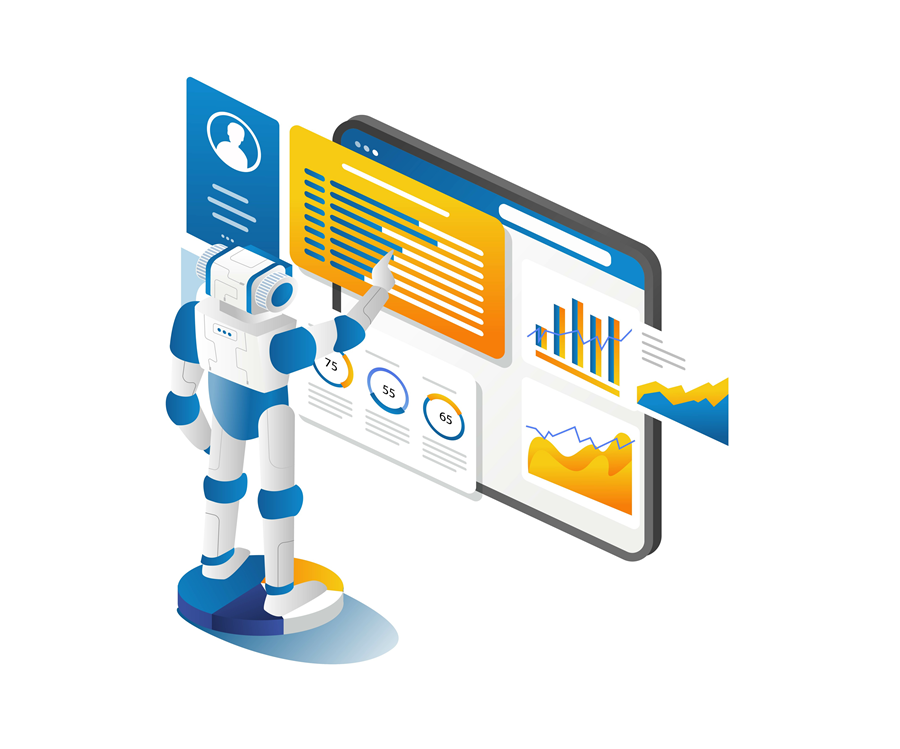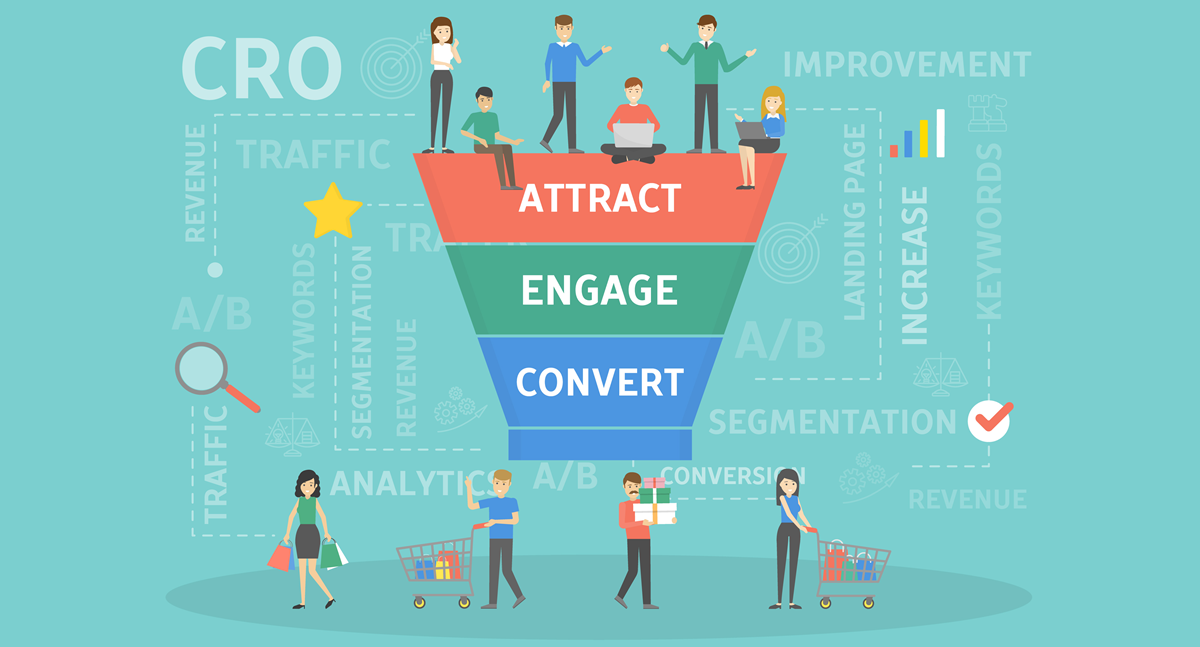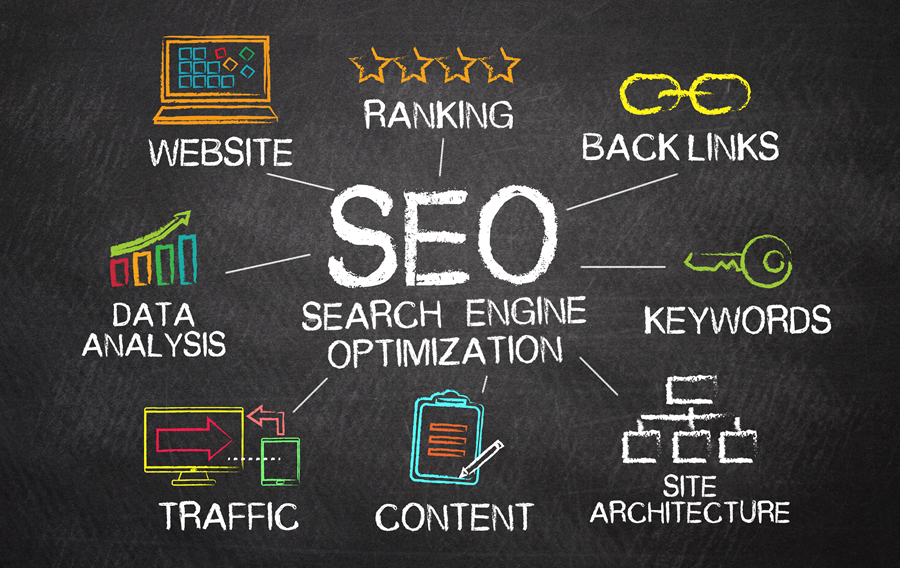Google’s AI Overviews: What eCommerce Sites Need to Know in 2025
Google’s AI Overviews (AIO) place an AI-generated summary above organic results. For online stores, that changes how buyers discover products—and how brands earn clicks.
AI Search • eCommerce SEO
Bottom line for store owners: AI Overviews are expanding fastest on informational queries - think “what is…”, comparisons, and how-tos—while most commercial queries remain less affected. That gives eCommerce brands a window to protect and grow high-intent traffic, and to earn presence directly inside the AI answer for top-of-funnel searches.
Key stats that matter
- 13.14% of searches showed AI Overviews in March 2025, up from 6.49% in January (+102% in 2 months).
- 88.1% informational - Most AIO triggers are fact-seeking queries; commercial/transactional remain a small share (but growing).
- Navigational AIO doubled Brand-seeking queries with AIO rose from 0.74% to 1.43%—even branded traffic can be intercepted.
- Zero-click ↓ slightly For the same keywords before/after AIO, zero-click fell from 38.1% → 36.2% (not always click-killing).
- 95% low-ad queries AIO appears mostly where CPC is low and ads are scarce—Google avoids disrupting ad revenue.
- Industries hit first Science (+22.27%), Health (+20.33%), People & Society (+18.83%), Law & Government (+15.18%) surged; Shopping & Real Estate lagged.
What this means for eCommerce
1) Your top-of-funnel is most at risk
Buying guides, definitions, comparisons, and FAQs—the classic content used to attract early-stage shoppers—are the primary AIO targets. Expect fewer immediate clicks unless you’re referenced inside the AI answer.
2) High-intent keywords remain a safe growth lane (for now)
The study shows AIO expansion into commercial terms is still small; many valuable “money” keywords with healthy CPCs haven’t been touched. Keep investing in product/category SEO and conversion pages while the window is open.
3) SERPs are hybrid, not replaced
AIO often layers on top of existing features rather than removing them. Video, reviews, and structured FAQs still win real estate—great news for merchants who use rich media and schema well.
4) Branded queries can be intercepted
As navigational AIO grows, your returns policy, shipping, pricing, and store policies might be summarized before a click happens. Ensure accuracy and consistency across your site and profiles so the AI cites you.
Action plan:
How to win visibility (and revenue) in the AIO era
Reshape informational content to AIO “query shapes”.
- Lead with crisp definitions, comparisons, pros/cons, and step-by-steps.
- Add unique POV: expert commentary, data, and examples that AI wants to cite.
- Structure with H2/H3s, tight paragraphs, bullets, tables, and succinct summaries.
Fortify authority signals (E-E-A-T).
- Author bios with credentials, sourcing, and outbound citations to reputable sources.
- Product expertise: real-use photos, test notes, comparison tables, care instructions.
- Sitewide trust: policies, returns, shipping, and customer service clarity.
Prioritize commercial pages where AIO impact is limited.
- Deepen product/category content: specs, sizing, “compare with”, compatibility, FAQs.
- Implement robust Product schema (variants, reviews, availability, price, GTIN/MPN).
- Maintain fast Core Web Vitals and clean internal linking to money pages.
Use rich media that survives in hybrid SERPs.
- Short product videos and explainer clips (hosted + YouTube) to capture video modules.
- FAQPage schema for common presale questions; Review/Rating markup where allowed.
- Image best practices (1200px+, descriptive alt, WebP/AVIF) for enhanced snippets.
Make your brand easy for AI to quote.
- Be consistent: the same store name, address (if applicable), phone, and URLs across site and profiles.
- Publish canonical policy pages (returns, warranties, price matching) in clear language.
- Earn third-party citations and reviews to strengthen brand signals referenced in summaries.
Monitor AIO presence and adjust.
- Track which of your pages/queries now trigger AIO and whether your brand is included.
- When AIO steals attention on a TOFU page, compress the answer upfront and add a compelling next step (quiz, size guide, calculator, CTA) to motivate clicks.
- Shift content effort to commercial terms when inclusion is unlikely to drive revenue.
Quick win checklist
- Add a 2–3 sentence “answer box” at the top of each guide.
- Convert top guides into short videos and FAQ snippets.
- Expand category pages with comparison tables and buyer FAQs.
- Publish crystal-clear returns/shipping pages; link them sitewide.
- Audit authorship, bios, and external citations.
Need help implementing this? WebStoreSEO can prioritize pages, optimize for AIO inclusion, and protect your high-intent traffic.
FAQs
Will AI Overviews kill my organic clicks?
Not necessarily. For the same keywords studied before/after AIO appeared, zero-click rates fell slightly (38.1% → 36.2%), suggesting users still click when they need depth, commerce, or confidence to buy.
Are product and category pages safe?
For now, yes. AIO expansion is concentrated on informational queries; most commercial/transactional terms remain less affected. Keep building those pages while the gap exists.
Should I try to “rank” inside the AI Overview?
Think “be cited,” not “rank.” Use clear, structured answers, authoritative sourcing, and unique insights. When your brand is referenced in the summary, navigational queries and clicks often follow.
References
Semrush AI Overviews study (January–March 2025). All statistics in this post are drawn from that report unless noted otherwise.
eCommerce SEO Blog



